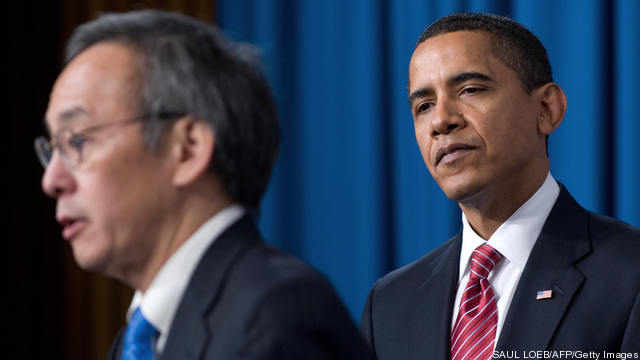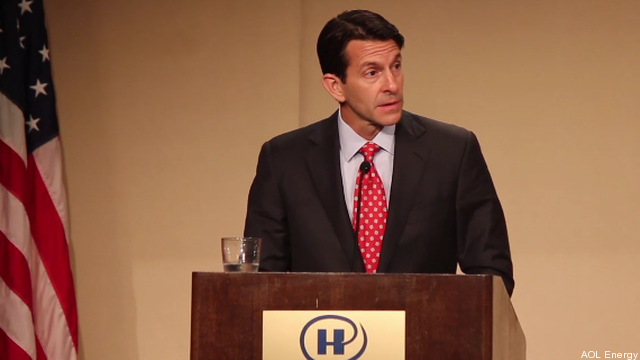
Recently, the U.S. Department of Energy released startling statistics. Not only did last year’s global levels of greenhouse gases jump by the biggest amount on record, but the output was also higher than the worst case scenario outlined by experts just four years ago. The world pumped about 564 million more tons of carbon dioxide into the air in 2010 than it did in 2009. That is a 6% increase.
Against this backdrop, November’s Conference of Parties 17 (COP17) in Durban – the last round of international negotiations ahead of the Rio +20 earth summit next year – could not come at a better time. South Africa’s Minister of Foreign Affairs, Maite Nkoana-Mashabane, this year’s rotating president of the COP series, has stressed that COP17 will be a challenging meeting and seeks to focus the conference on two primary issues: first, how to finance the costs of combating climate change; and second, how to get 194 countries to agree to a second period of the Kyoto Protocol on cutting greenhouse gas emissions. Keep reading →








